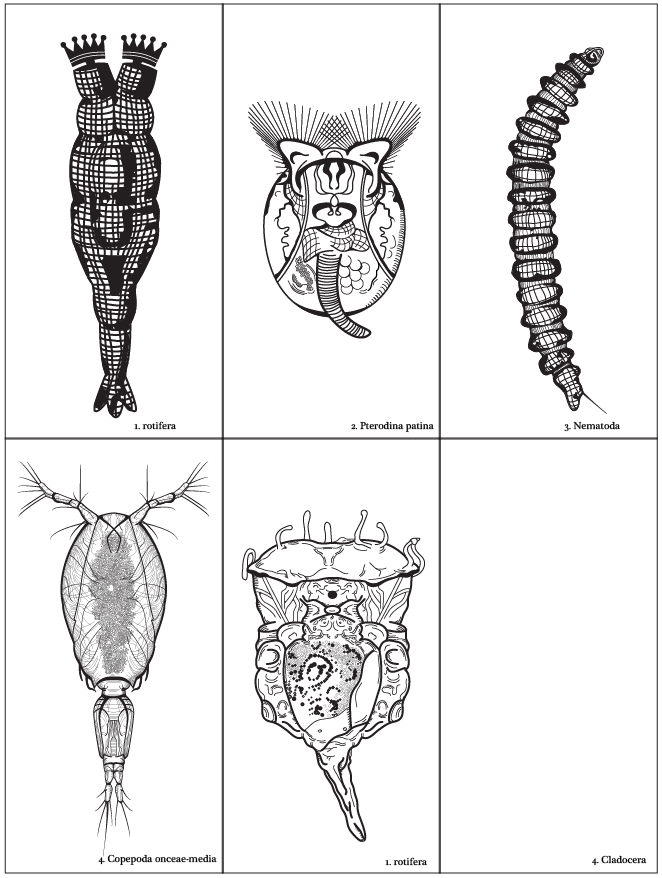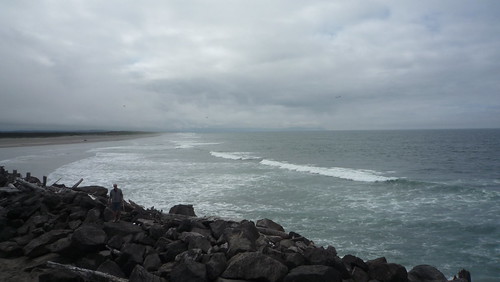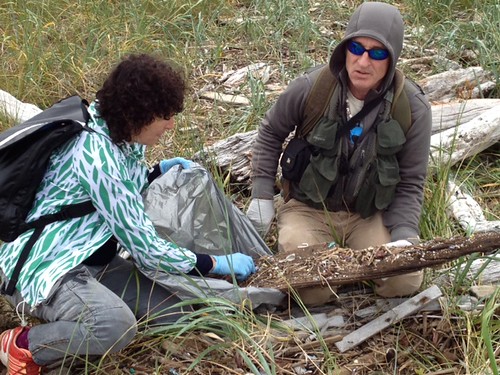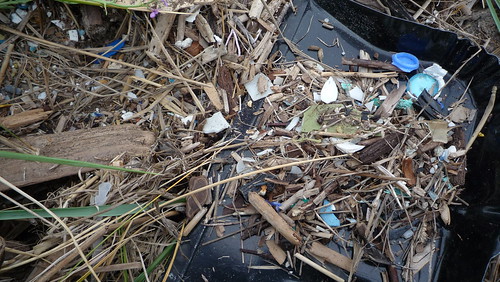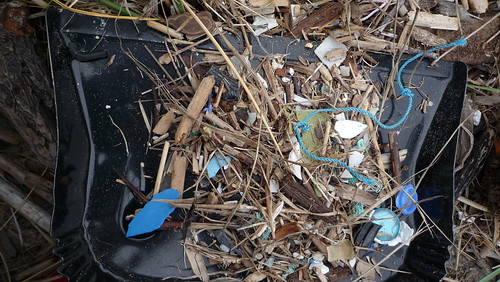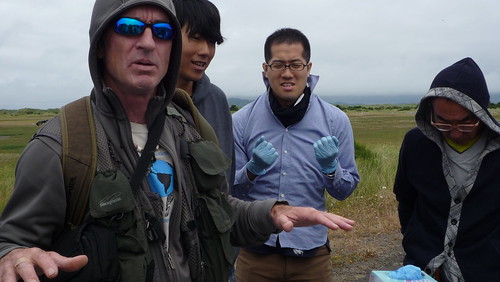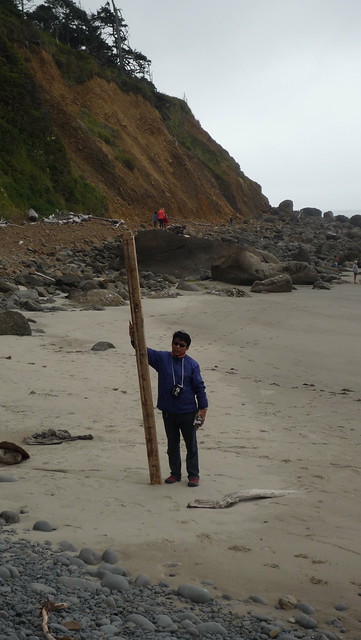(in progress, running list. Thanks to Peter Schoonmaker, Kimberlee Chambers, David Johns, Mike Houck, Nancy Nowacek, and Kathleen Sayce for their suggestions)
BOOKS:
Montgomery, David R. Dirt: the erosion of civilizations. Univ of California Press, 2012.
Lewis, Wayne, and Jeff Lowenfels. Teaming with Microbes: The Organic Gardener’s Guide to the Soil Food Web. Timber Press, 2010.
Solomon, Steve, and Erica Reinheimer. The Intelligent Gardener: Growing Nutrient Dense Food. New Society Publishers, 2012.
Williams, Terry Tempest. Refuge: An unnatural history of family and place. Random House Digital, Inc., 1991. *
Pyle, Robert Michael. Wintergreen: Rambles in a Ravaged Land. Sasquatch Books, 1986. *
Egan, Timothy. The Good Rain: Across Time & Terrain in the Pacific Northwest. Random House Digital, Inc., 1991. *
Kesey, Ken. Sometimes a great notion. Penguin. com, 2006.
Jonathan Raymond, The Half-Life. Bloomsbury Publishing USA. 2008
Stegner, Wallace. Beyond the hundredth meridian: John Wesley Powell and the second opening of the West. Penguin. com, 1992.
Daily, Gretchen C., ed. Nature’s services: societal dependence on natural ecosystems. Island Press, 1997.
Marris, Emma. Rambunctious garden: saving nature in a post-wild world. Bloomsbury Publishing USA, 2011.
Lichatowich, Jim, and James A. Lichatowich. Salmon without rivers: a history of the Pacific salmon crisis. Island Press, 2001.
Florida, Richard. Cities and the creative class. Routledge, 2004.
Heise, Ursula K. Sense of place and sense of planet: The environmental imagination of the global. Oxford University Press, 2008.
Costa, Rebecca. The Watchman’s Rattle: Thinking Our Way Out of Extinction. Vanguard, 2010.
Lakoff, George, and Mark Johnson. Metaphors we live by. University of Chicago press, 2008.
Lerner, Rebecca. Dandelion Hunter: Foraging the Urban Wilderness. Globe Pequot, 2013.
Morton, Timothy. The ecological thought. Harvard University Press, 2010.
PUBLISHED PAPERS AND ARTICLES:
Garibaldi, Ann, and Nancy Turner. “Cultural keystone species: implications for ecological conservation and restoration.” Ecology and Society 9.3 (2004): 1. *
Nuñez, Martin A., and Daniel Simberloff. “Invasive species and the cultural keystone species concept.” Ecology and Society 10.1 (2005): r4. *
Bowen-Jones, Evan, and Abigail Entwistle. “Identifying appropriate flagship species: the importance of culture and local contexts.” Oryx 36.2 (2002): 189-195. *
Ragan M. Callaway and Wendy M. Ridenour 2004. “Novel weapons: invasive success and the evolution of increased competitive ability.” Frontiers in Ecology and the Environment 2: 436–443 *
Canfield, M, ed. “Introduction.” Field Notes on Science and Nature, 1-18. Cambridge, MA: Harvard University Press, 2011 *
Berg, Peter, and Raymond F. Dasmann. “Reinhabiting California.”Environmentalism: Critical Concepts 2 (2003): 231-236. *
Lowry, J. L. “In my town.” Orion: Nature/Culture/Place, Winter (1998): 33-44 *
Ceurstemont, Sandrine. “Inevitable insectivores? Not so fast.” New Scientist219.2924 (2013): 34-37.
van Leeuwen, Cornelis, et al. “Influence of climate, soil, and cultivar on terroir.” American Journal of Enology and Viticulture 55.3 (2004): 207-217. *
Doyle, Brian, “The Creature Beyond the Mountains.” Orion September/October(2011). *
Soulé, Michael E., et al. “Ecological effectiveness: conservation goals for interactive species.” Conservation Biology 17.5 (2003): 1238-1250. *
Johns, David. “The War on Nature—Turning the Tide?.” Ignoring Nature No More: The Case for Compassionate Conservation (2013): 237.*
Johns, David. “With Friends Like These Wilderness and Biodiversity Do Not Need Enemies.” Keeping the Wild: Against the Domestication of Earth (forthcoming)
Trewavas, Anthony. “Aspects of plant intelligence.” Annals of Botany 92.1 (2003): 1-20.
Regional Conservation Strategy: http://theintertwine.org/RegionalConservationStrategy *
Biodiversity Guide For The Greater Portland-Vancouver Region:http://theintertwine.org/BiodiversityGuide *
Houck, M. and J. Labbe. 2007. Ecological Landscapes: connecting neighborhood to city and city to region. Metropolitan Briefing Book, pgs. 37-48. http://www.pdx.edu/ims/2007-briefing-book *
Paul Kingsnorth. “Dark Ecology.” Orion January/February (2013) *
Wendell Berry. “Manifesto: The Mad Farmer Liberation Front” The Country of Marriage (1973) *

